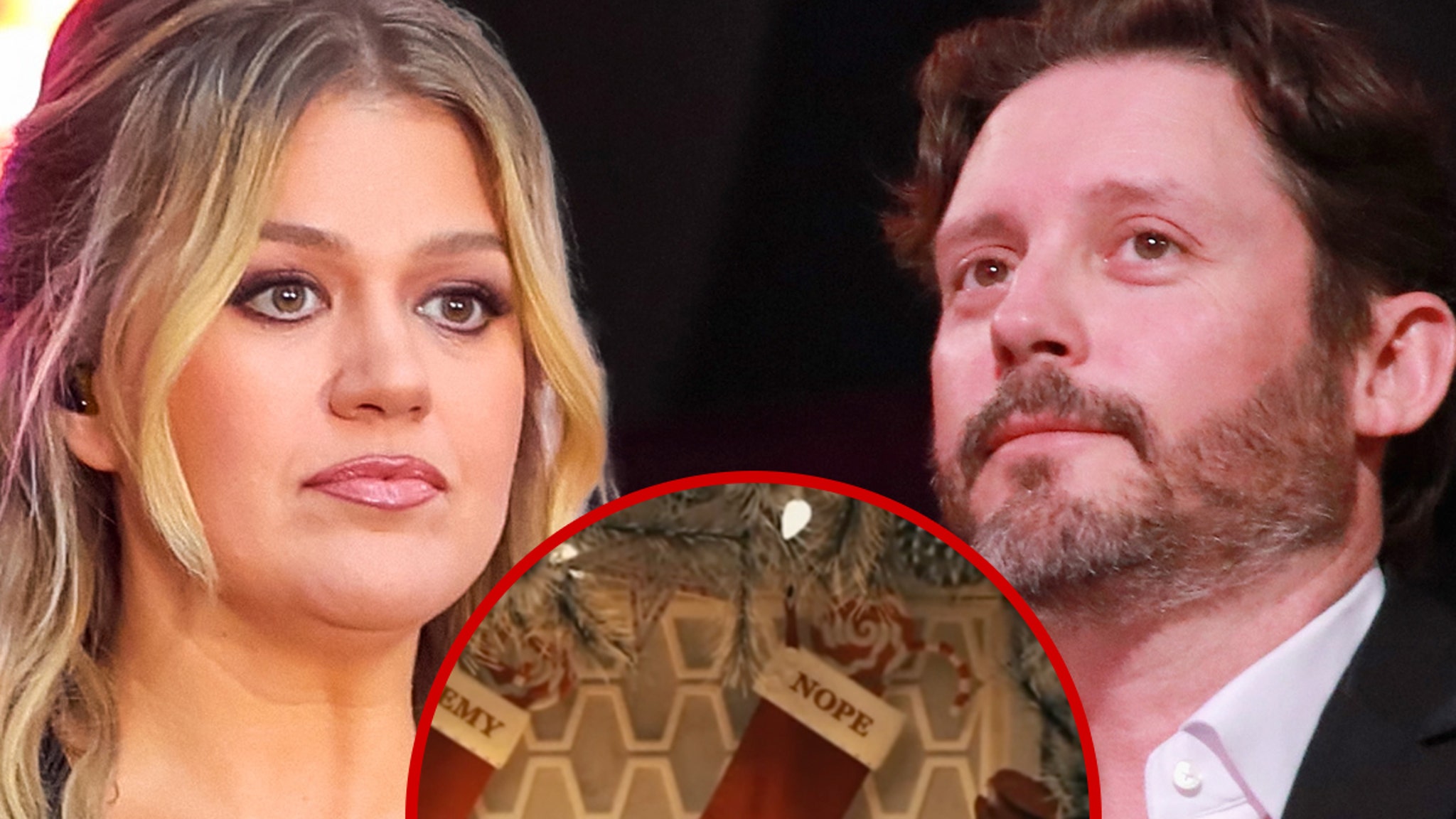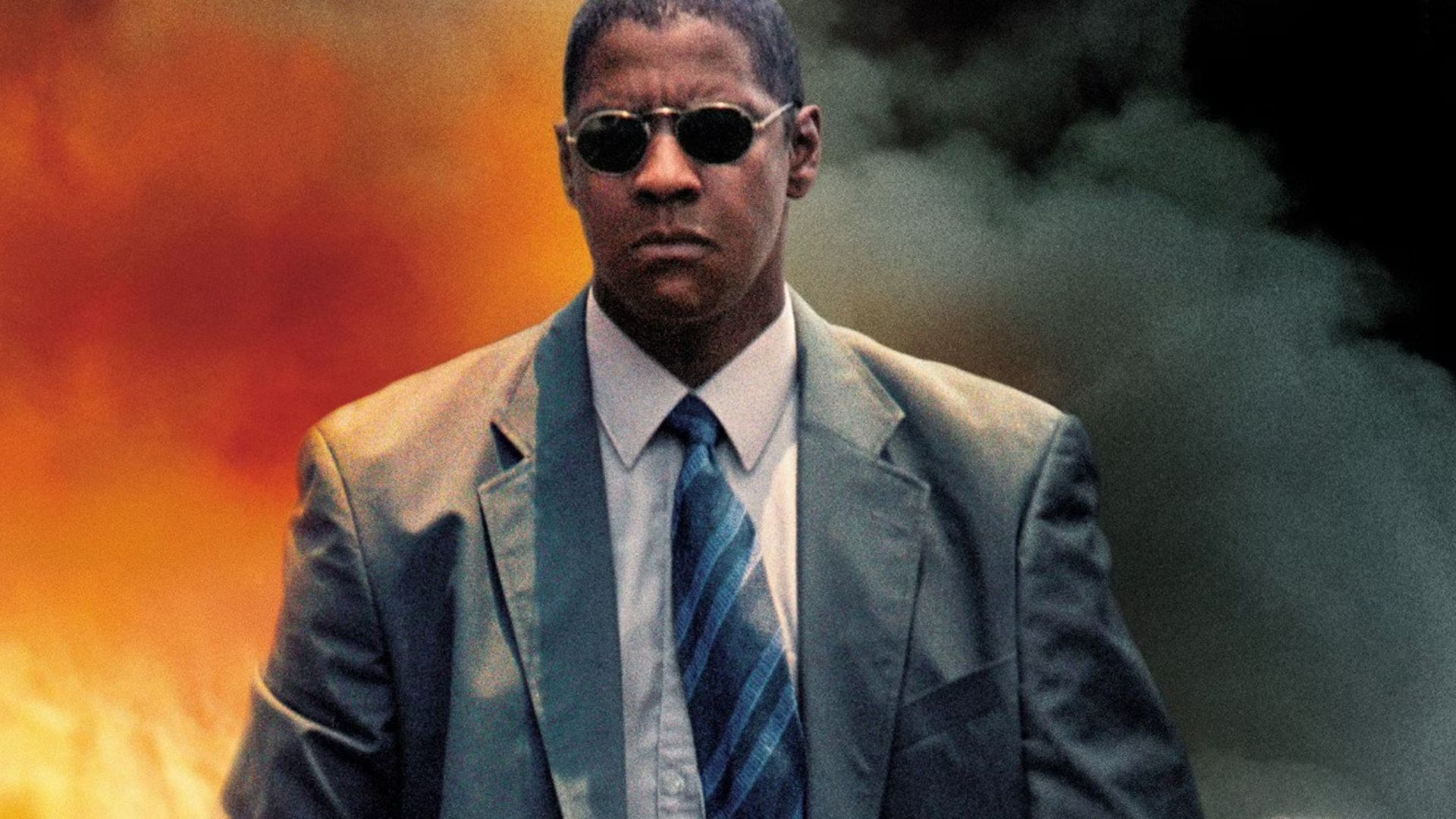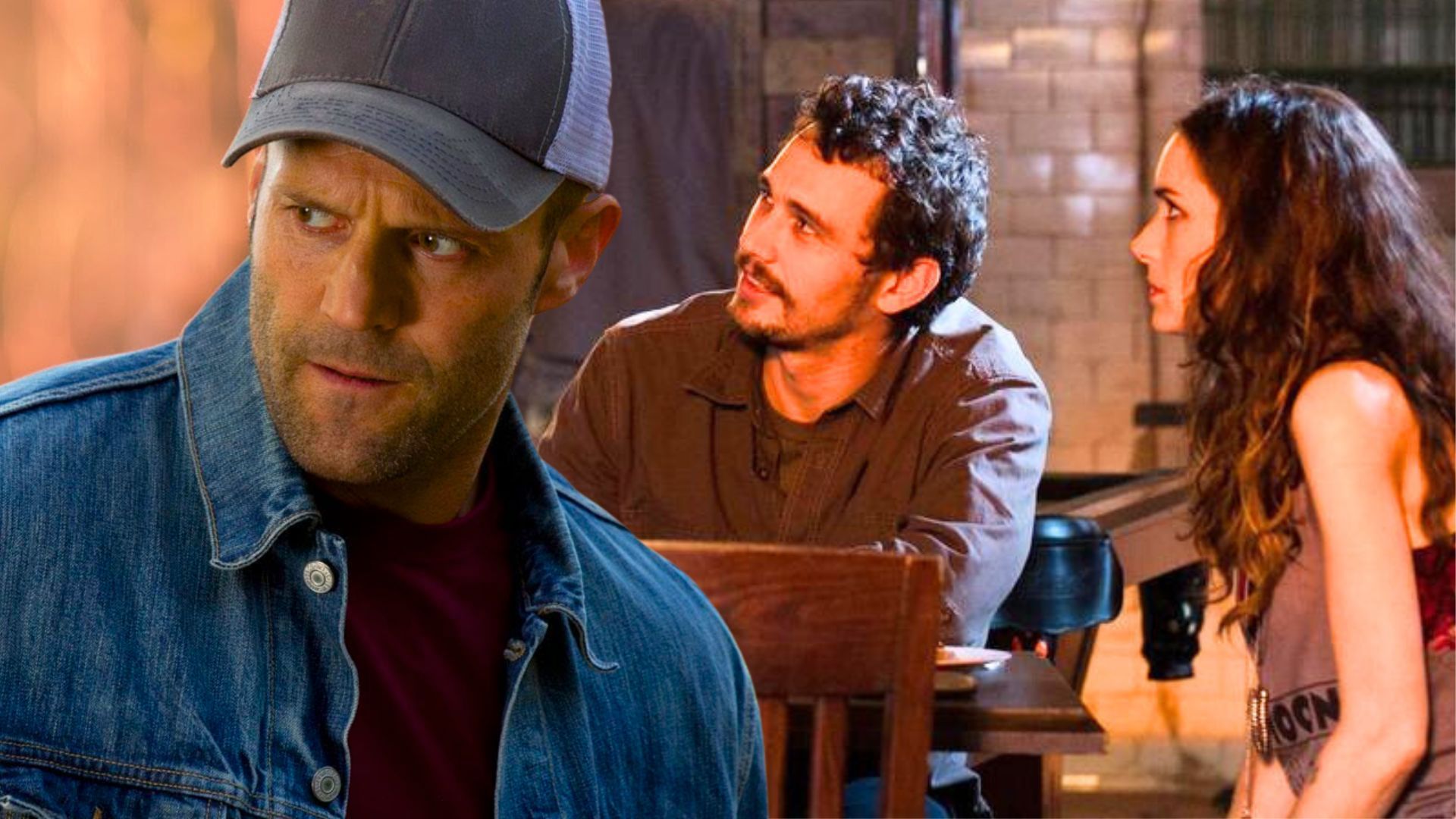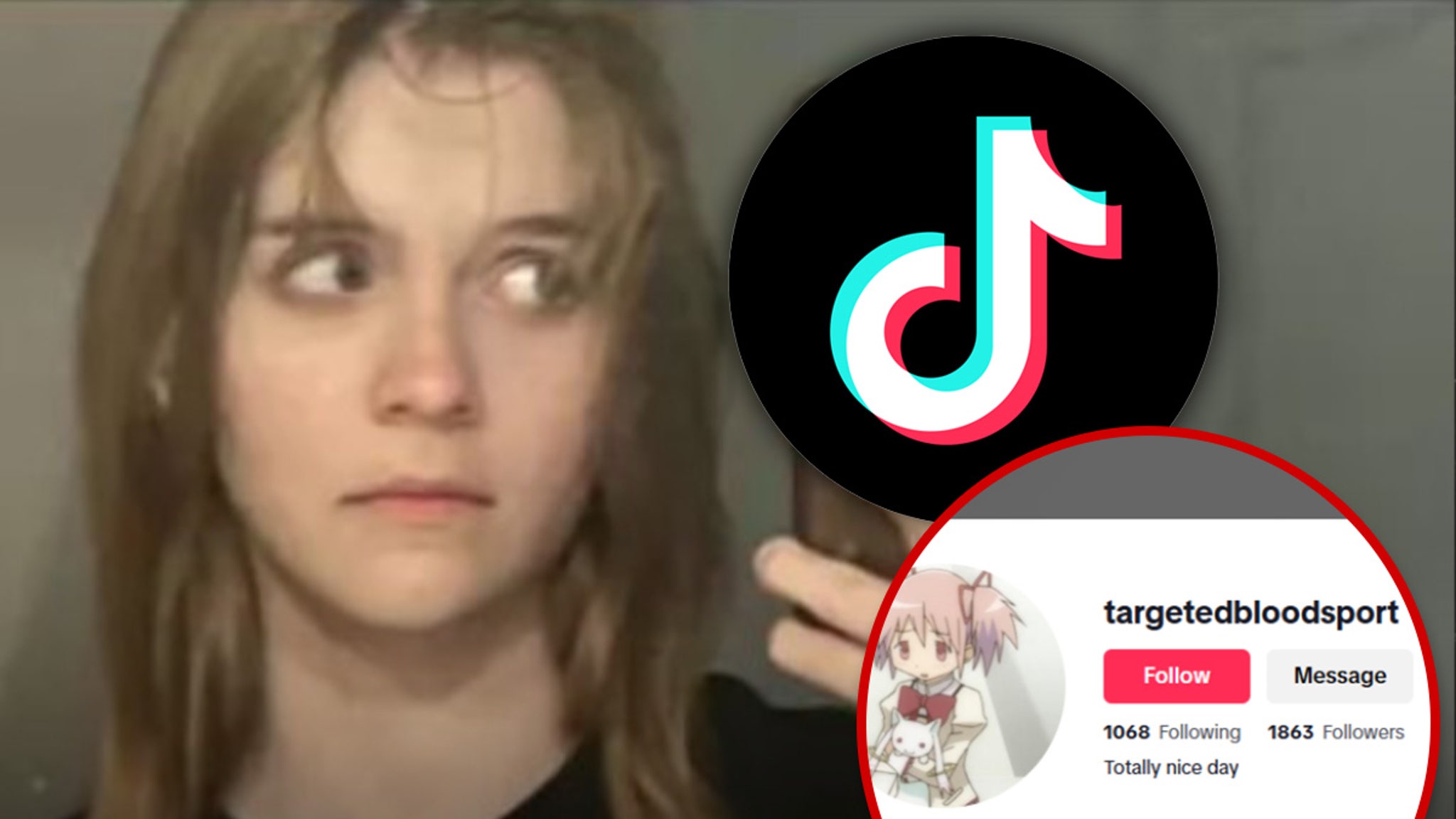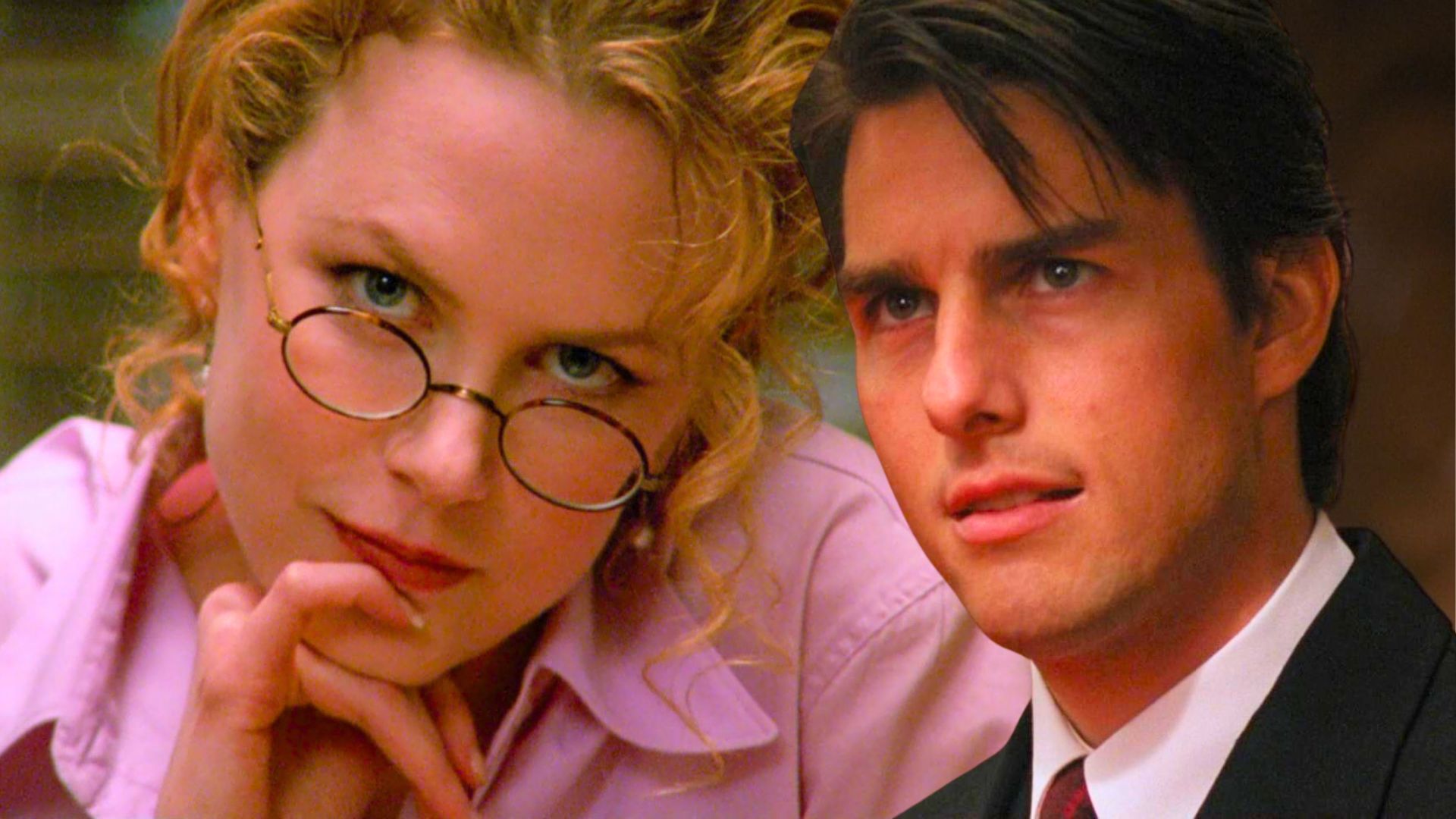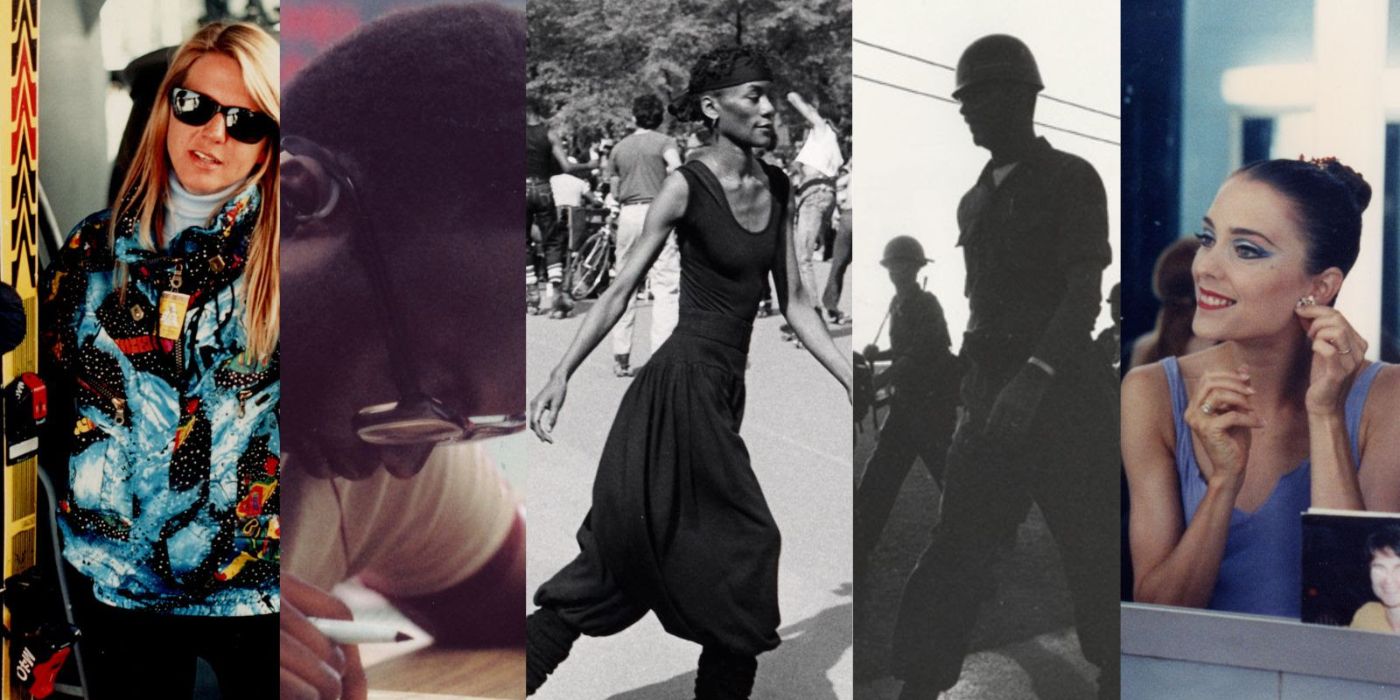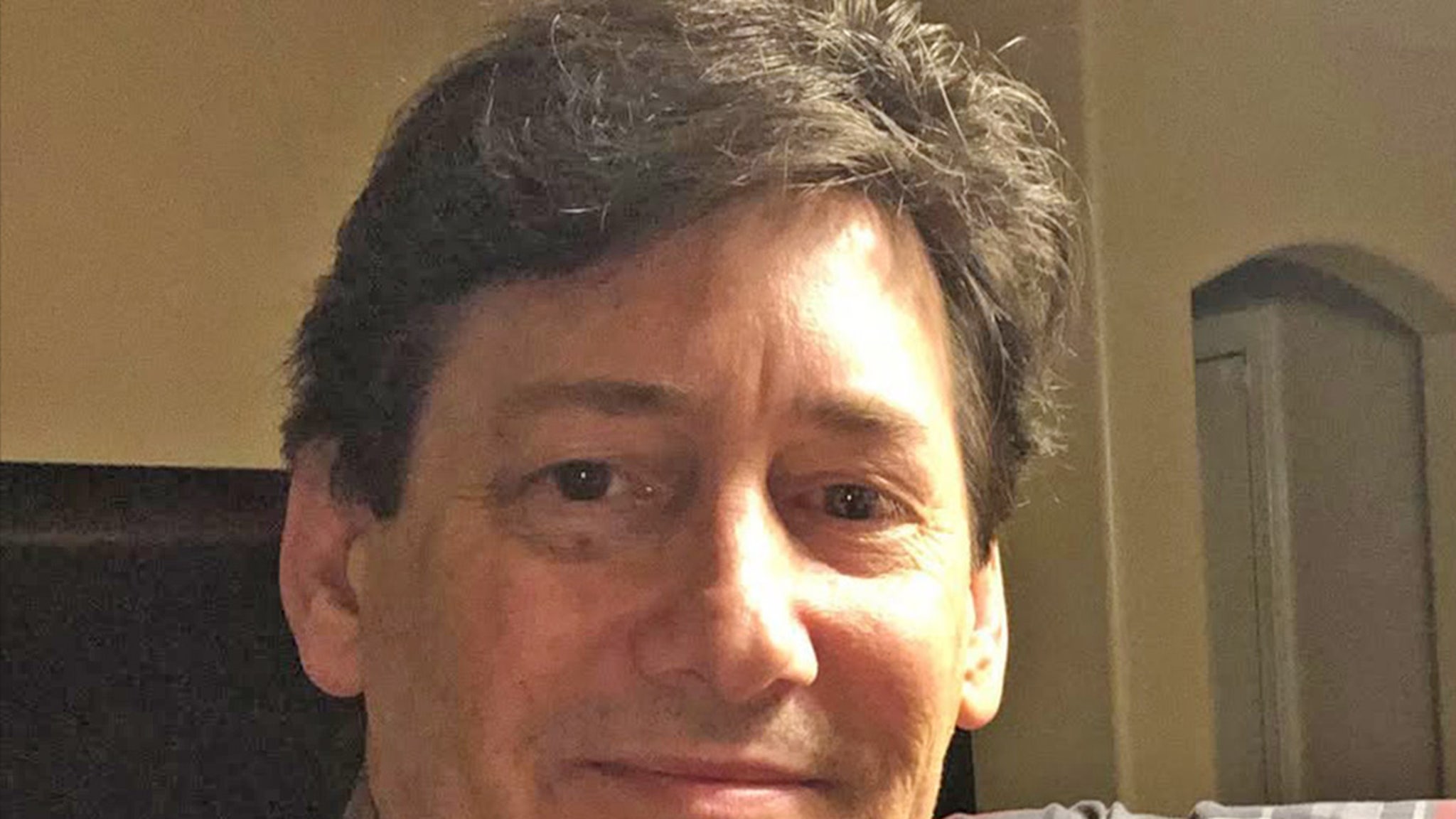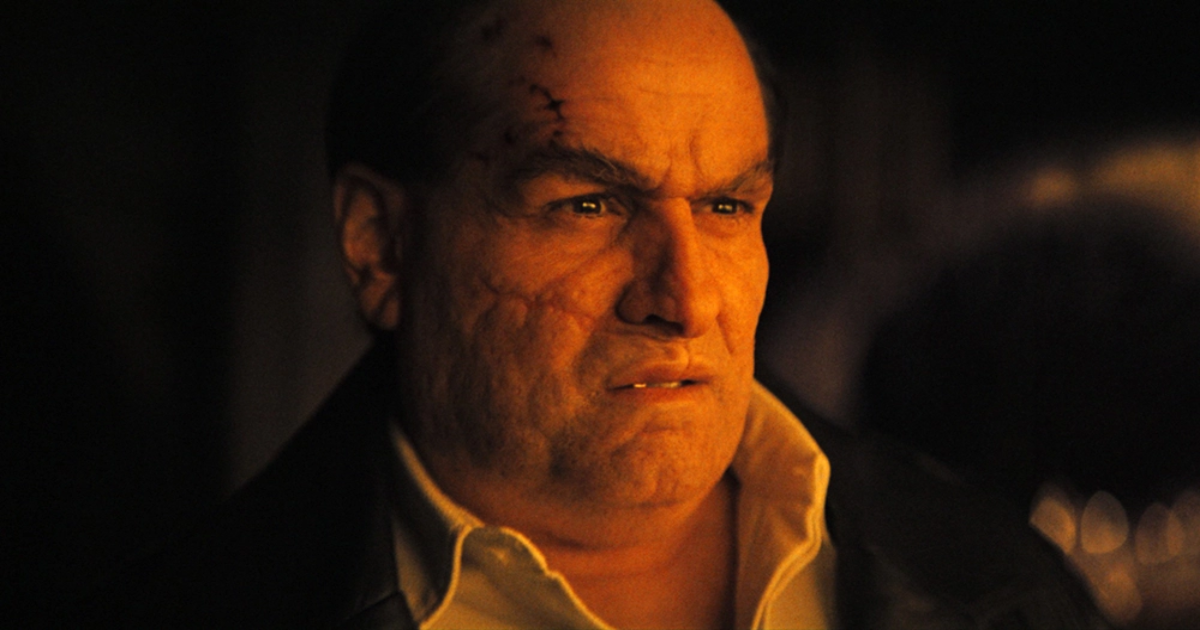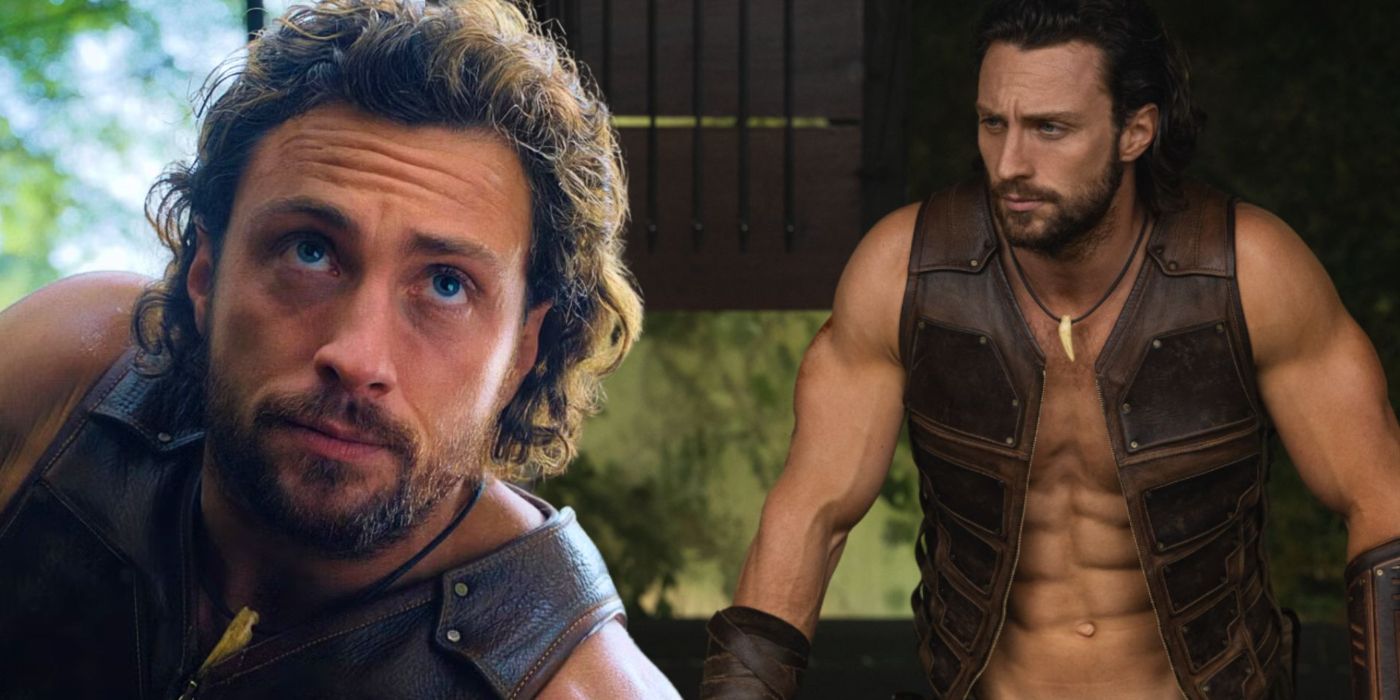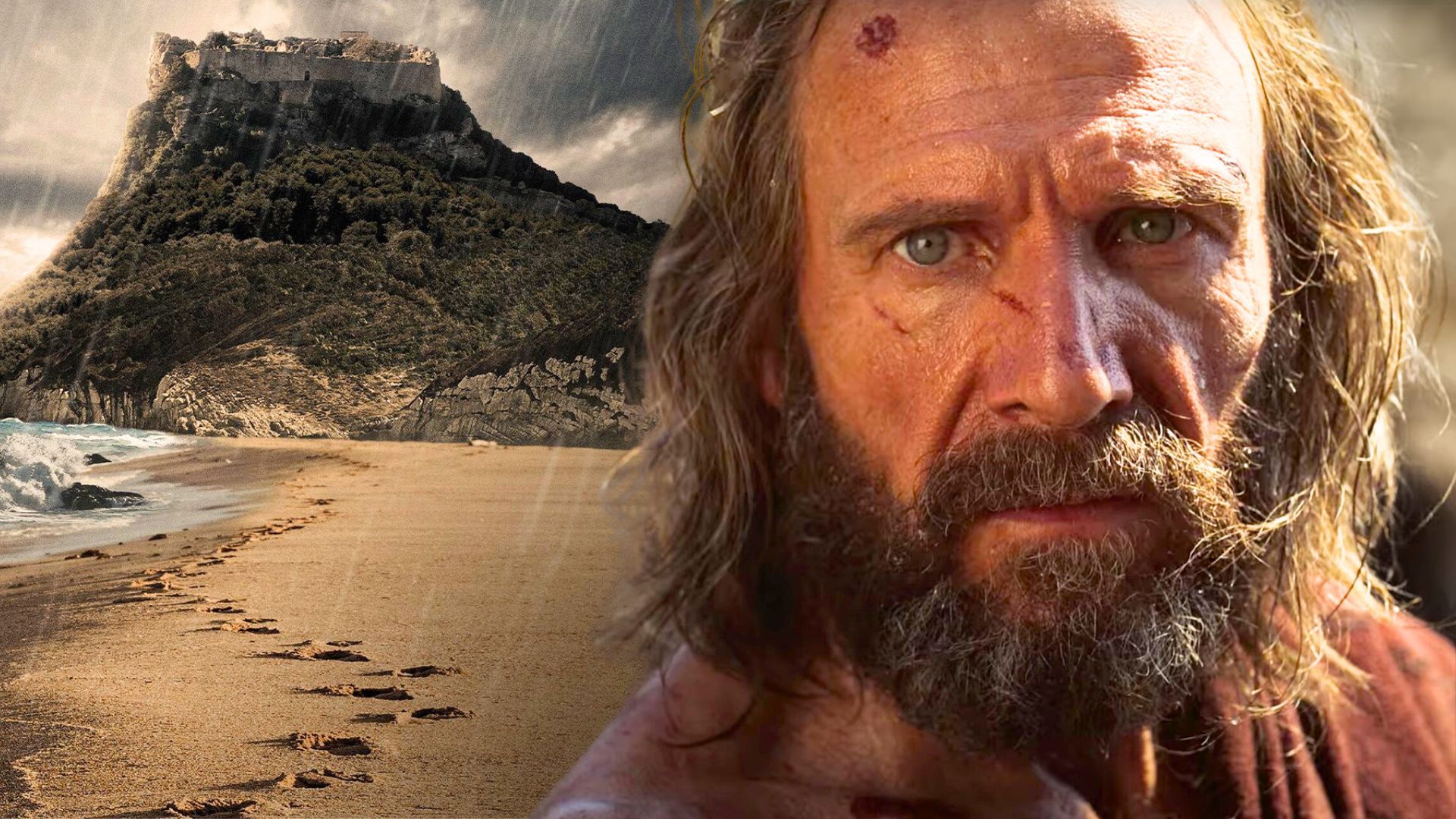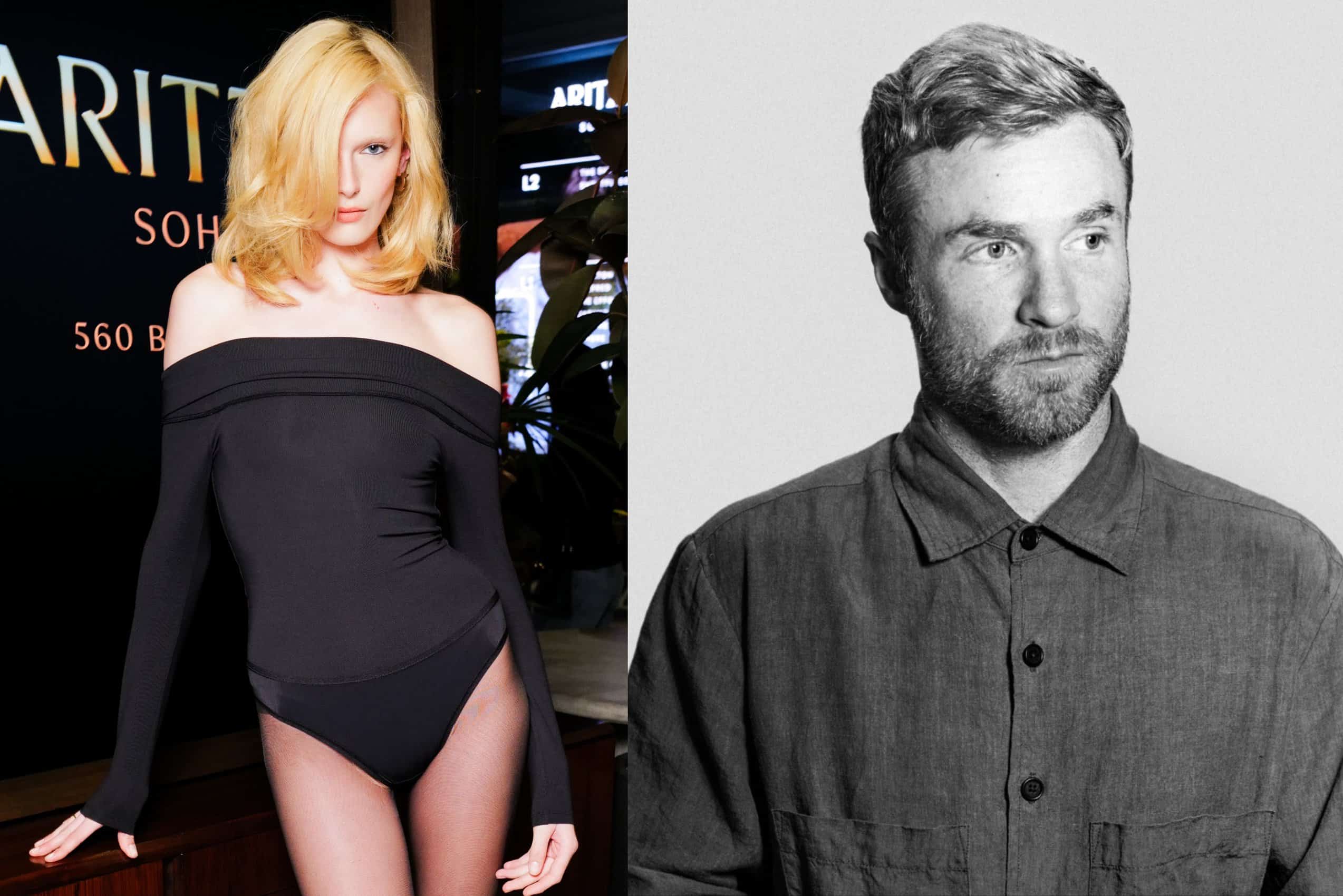Finally, Woo has returned to the States with the high-concept holiday bloodbath “Silent Night.” After his young son is caught in the crossfire between two opposing gangs and shot dead on Christmas Eve, a grieving father (Joel Kinnaman) tracks down those responsible. The twist here is that the entire film is conveyed without a single line of conventional dialogue being uttered throughout the film (during that same fateful Christmas Eve, the Kinnaman character is shot in the throat, rendering himself unable to speak), although the film itself is anything but a silent movie. Woo still knows how to put an action scene together, and one sequence in particular, a one-shot extended bit in which our hero guns his way up a stairwell to confront the big bad guy, is a genuine thrill to watch.
Woo sat down to RogerEbert.com about “Silent Night,” his return to Hollywood after all these years, his thoughts on current action cinema and his next project, his long-planned remake of his own classic “The Killer,” which is currently in production for Peacock.
What was it about the screenplay for “Silent Night” that got you excited to do it? Was it primarily the idea of doing a film that told its story without any dialogue?
I am always looking for something different. All I was getting offered was action, action, action, and I was getting tired. I wanted to make a change and so when I came back four years ago and got the screenplay for “Silent Night,” I was so excited about it. Even though it was an independent film, I really loved the script, and I thought the idea of doing something with no dialogue would be a great challenge for myself. It also gave me a chance to change my own style. My kind of movie would always have a lot of action and romance and fantasy but for this one, I wanted it to be more realistic so that the character would be more believable. By not having dialogue, it allowed me to use my gift for using visuals and sound to tell a story. I think it was a very good experiment for myself.
In a number of your films, you have included extended dialogue-free sequences of so-called “pure cinema,” but “Silent Night” extends that notion for the entire running time. Did the no-dialogue concept require you to approach the project in a different manner than you might have if it had been done in a more conventional manner?
The whole story was a human drama, so it led me to try to make the movie in a more dramatic manner than most action movies. This meant that I had to change my style because the story was about a young kid being murdered, which is the kind of thing that could happen to any family. I couldn’t make fun of that, so it made me change my usual style and try to make a movie that was more realistic. Even in the fight scenes, I wasn’t using any fast cuts so that the action would look more like real fights—I was using long takes to capture the action and make it look more powerful and give it more of an impact. I like the old-fashioned ways over the new techniques. A lot of the Hollywood movies rely on CGI and AI, but I like the real thing. Even the drama has real feeling in it. I like a good action film but an action film with a real human story.
You can view the original article HERE.

